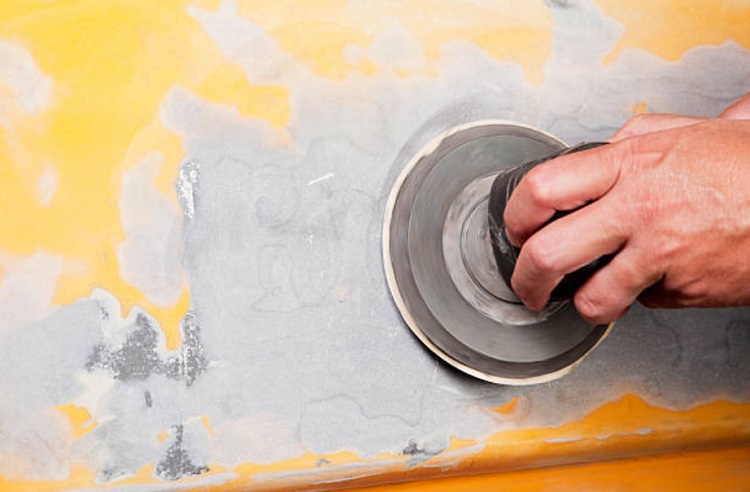Sanders are essential to any serious craftsman and woodworker. There is no substitute to a good sander when it comes to smoothing and levelling any sort of surface.
When an enthusiast is in the market for a sander, he or she may be tempted to buy one advertised as a dual-action sander. While they are literally a combination of a belt and disc sander, they have an entirely different and unique function of their own.

To further drive this point, it is necessary for you to see the function of a dedicated belt sander, and a dedicated disc sander, before going into the real reason why you may or may not want to buy a dual-action sander.
Belt Sanders
- Sanders of this variety are known as belt sanders for the sanding belt that the motor runs at high speed. The way this type of sander works enables it to level and smooth wider areas in significantly shorter amounts of time. Most belt sanders are intentionally built with some heft for workers to control the entire machine with more stability.
- Belt sanders are used more for initial and primary sanding jobs, where the worker could afford to be a little sloppy. Fine tuning usually follows with the next sort of sander…
Disc Sanders
- While belt sanders rotate sandpaper through a belt in high speeds, the disc in disc sanders spins in a circular motion at high speeds. This is perfect for more precise jobs, especially as the motor which causes the disc to move the way it does operates in a way that it prevents the worker from levelling a surface too much.
- While you can use a disc sander on floors and wide spaces, it will definitely take more replacement discs and a whole lot more time to get the job done.
Dual-Action Sanders
- Dual Action Sanders differ from these two sanders in the sense that they are built to merely combine their best features, without trying to be both sanders combined. The sandpaper pads on this type is built to accommodate a forward and backward motion – this means that it does have the characteristics of a belt sander, but it also has a tendency to mimic the rotary motion of a disc sander at the same time. The way manufacturers achieve this movement varies by brand.
The Powerful Purpose Of A Dual-Action Sander
- Dual-action sanders are the preferred tool for times when woodworkers need to be more precise in their sanding operations. You definitely wouldn’t want to waste time sanding an entire wall or floor with a dual-action sander when a belt sander clearly does a far better job.
- The motion which a dual-action sander generates needs significantly less power. This means that you can afford to make a little more mistakes with it, simply because there’s less power to make scratches in the wrong places. This makes the dual-action sander your definite choice for any finishing touches you need to make in a given project.
A More In-Depth Look At Dual-Action Sander Design
- There are dual-action sanders which are intentionally built for woodworking. You will know when you notice that the specific sander you are looking at uses sandpaper pads which are more rectangular in shape. This sort of design further reduces any chances of scratches being made along the grain.
- On the other hand, dual-action sanders which are more general in designation use sandpaper which is more of a circular disk-shape. These sorts of sanders are preferred by automobile detailers, and those who work with metal as much as they would sand wood.
Conclusion
As you can see, dual-action sanders have a totally separate design and function compared to general belt and disc sanders. You will definitely want to pick up a dual-action sander for its peerless capabilities for finishing jobs.

